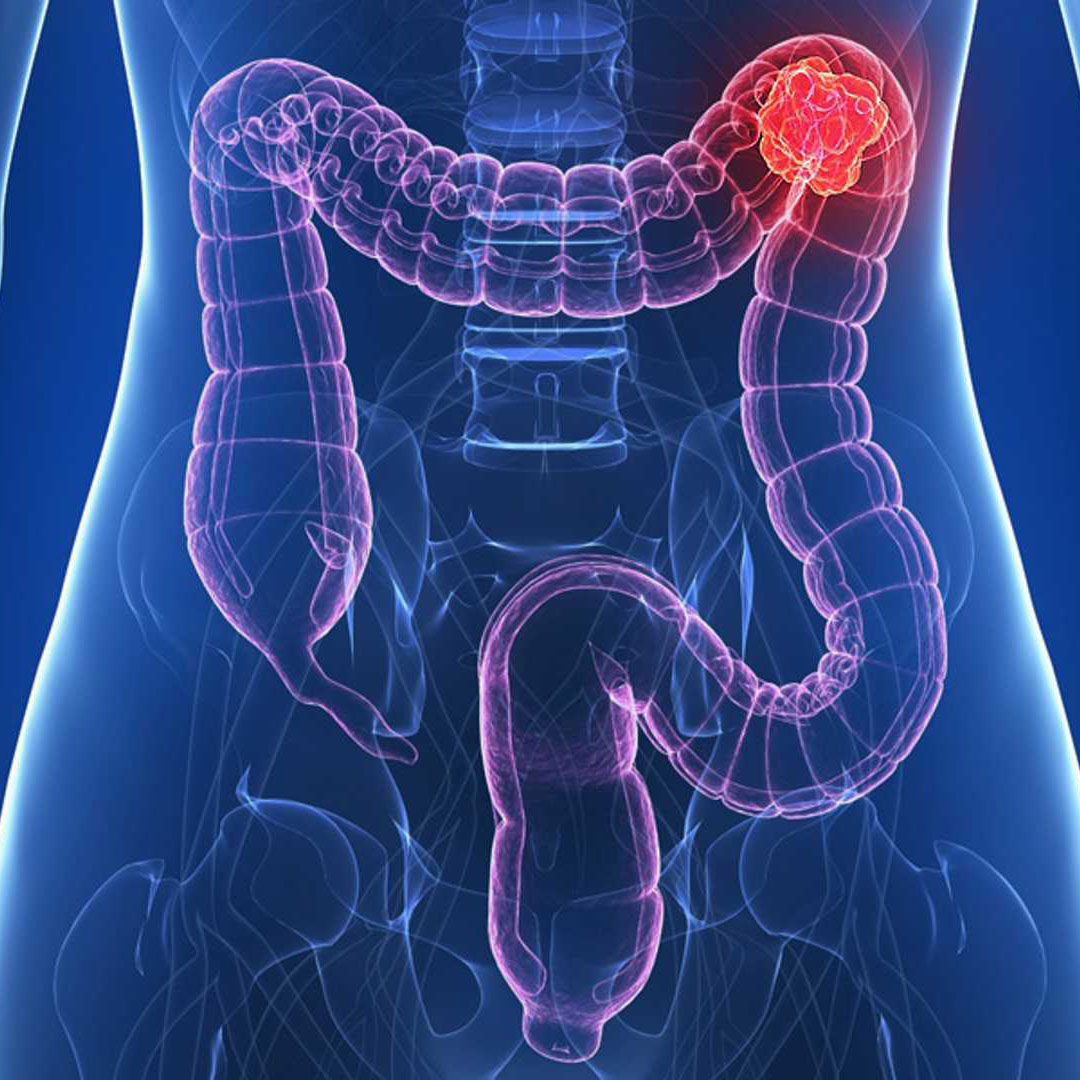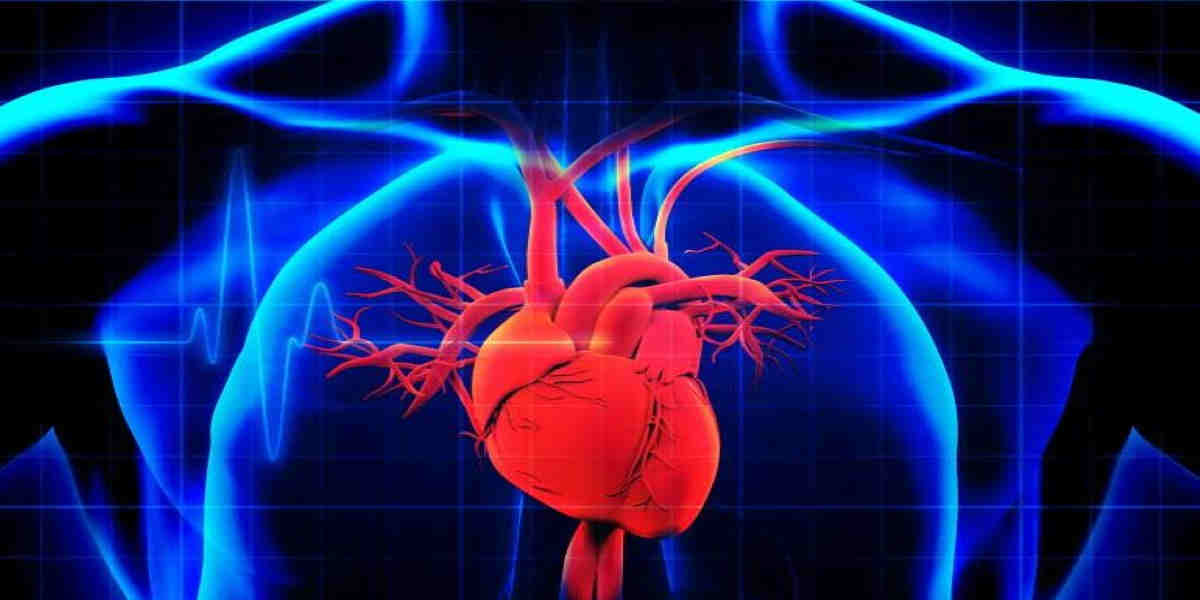What is Endometriosis (Chocolate Cyst)? What are the symptoms? How to Treat?
- Home
- What is Endometriosis (Chocolate Cyst)? What are the symptoms? How to Treat?

What is Endometriosis (Chocolate Cyst)? What are the symptoms? How to Treat? We will explain the details on the subject in our article titled. Endometriosis (chocolate cyst), a common condition, is a painful condition that can affect daily life. When a person has endometriosis, tissues similar to the uterine lining grow in other places in the abdomen and pelvic area. Endometriosis can cause fertility problems as well as painful and heavy periods.
What is Endometriosis?
Endometriosis is a condition in which tissue similar to the uterine lining grows in other parts of the body. When this tissue grows in the wrong places, it can cause uncomfortable symptoms that can affect daily life. Some people with endometriosis also have trouble getting pregnant. The endometrium forms the inner surface of the uterus. This tissue is the tissue that is shed during the menstrual period. The endometrium can be thought of as layers of tissue accumulated along the inner surface of the uterus. During menstruation, these layers fall from the lining of the uterus and leave the body. If pregnancy occurs, the endometrium helps support the early stages of development. When you have endometriosis, endometrial-like tissue grows in other organs or structures. This tissue can grow in the abdomen, pelvis, or even the chest. This tissue is hormonally sensitive and can become inflamed during the menstrual cycle. These areas of endometrial-like tissue can cause ovarian cysts, superficial lesions, deeper nodules, adhesions (tissue that connects and binds organs together), and scar tissue throughout the body.
A few places where endometriosis can develop include:
- Outside and behind the uterus.
- Fallopian tubes.
- Ovaries.
- Vagina.
- Peritoneum (inner surface of the abdomen and pelvis).
- Bladder and ureters.
- Intestines.
- Rectum.
- Diaphragm (a muscle near the lower chest that plays an important role in breathing).
How Serious Is Endometriosis?
Endometriosis is a common condition that affects daily life. It can cause long-term pain, menstrual cycle disruptions, and fertility problems. Endometriosis symptoms can usually be managed with treatment.
Who Can Have Endometriosis?
Endometriosis is a condition that most commonly affects women between the ages of 25 and 40. It can also be seen in younger women during their teenage years. Although many people experience relief from endometriosis symptoms after menopause, the condition can still cause discomfort and pain.
What Are Some Risk Factors for Endometriosis?
There are some factors that can increase the risk of developing endometriosis. These factors may include:
- Family history of endometriosis.
- The age at which menstruation begins. People who started menstruating before age 11 may be at higher risk.
- The length of the menstrual cycle (shortness of time between periods) and the duration of flow (how many days of bleeding).
- Defects in the uterus or fallopian tubes.
Is Endometriosis Genetic?
Although experts do not know the exact cause of endometriosis, they think there is a link between a family history of the disease and an increased risk of developing it at some point. If another person in the family (mother, grandmother, or sister) has endometriosis, the person should talk to the doctor about their risks.
What Causes Endometriosis?
The cause of endometriosis is unknown. When you have endometriosis, tissue similar to the uterine lining grows in the wrong places. Endometriosis can cause painful symptoms when it develops in places such as outside the uterus, fallopian tubes, ovaries, bowel and pelvic cavity. This condition is related to pain, increased inflammation, and often fibrosis and adhesions. When endometrial-like tissue grows outside the uterus, it can cause scar tissue (adhesions). These sections of scar tissue can connect organs (creating connections between them that do not normally exist). This can cause discomfort and pain.
What are the symptoms of endometriosis?
There are many symptoms associated with endometriosis. The main symptom is pain. This pain can be severe or mild. It can typically be felt in the abdomen, pelvic area, and lower back. Although endometriosis is a common condition, not all people experience symptoms. Sometimes a person may have endometriosis and not know it until it is found during another procedure or infertility investigation.
People who experience symptoms of endometriosis may:
- Very painful menstrual cramps.
- Abdominal pain or backache during or between periods.
- Pain during sexual intercourse.
- Heavy bleeding during periods or spotting (light bleeding) between periods.
- Infertility (difficulty getting pregnant).
- Painful bowel movements.
There is no connection between endometriosis symptoms and the severity of the condition. Some people may have minimal symptoms of endometriosis and still experience severe pain. Other people may have severe endometriosis symptoms but not experience much pain.
 What is Endometriosis (Chocolate Cyst)? What are the symptoms? How to Treat?
What is Endometriosis (Chocolate Cyst)? What are the symptoms? How to Treat?  Colon Cancer (Symptoms, Stages, Treatment)
Colon Cancer (Symptoms, Stages, Treatment)  Influenza (Flu) in Children
Influenza (Flu) in Children  Stomach Cancer Symptoms and Treatment Methods
Stomach Cancer Symptoms and Treatment Methods  What is Lymph Node Swelling? What Are The Reasons?
What is Lymph Node Swelling? What Are The Reasons?  When to Use Antibiotics? What are the side effects? What is Antibiotic Resistance?
When to Use Antibiotics? What are the side effects? What is Antibiotic Resistance?  What is Muscle Spasm?
What is Muscle Spasm?  What is MRI? How to Take an MRI with Medication? Is It Harmful?
What is MRI? How to Take an MRI with Medication? Is It Harmful?  What are the Causes of Diarrhea and Vomiting? How to Treat?
What are the Causes of Diarrhea and Vomiting? How to Treat?  What is Heart Failure? What are its stages? How to Treat?
What is Heart Failure? What are its stages? How to Treat?
